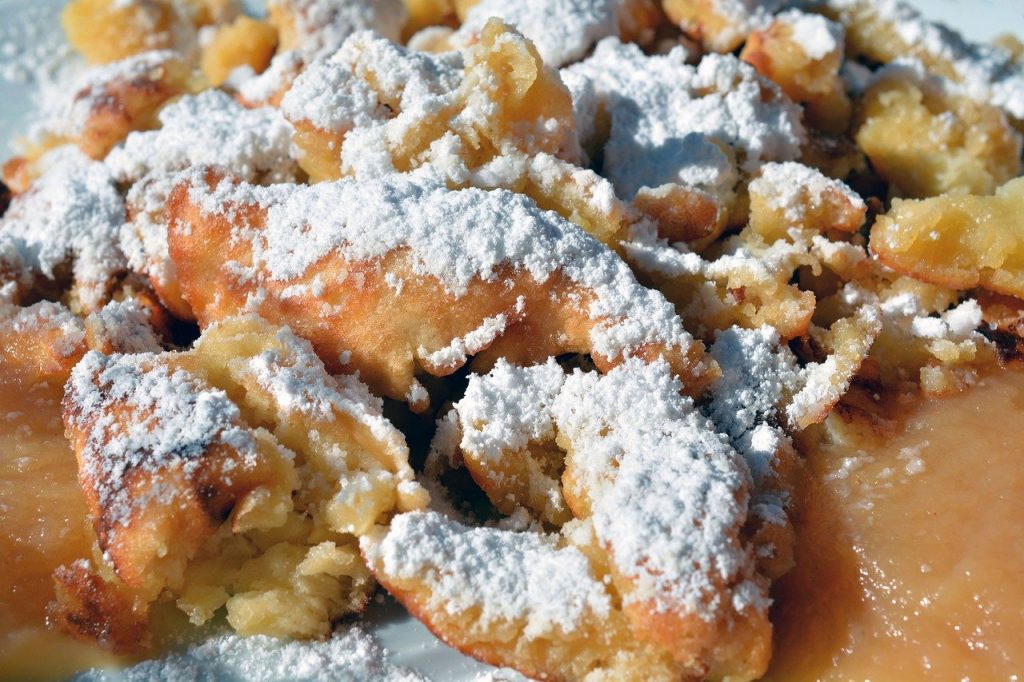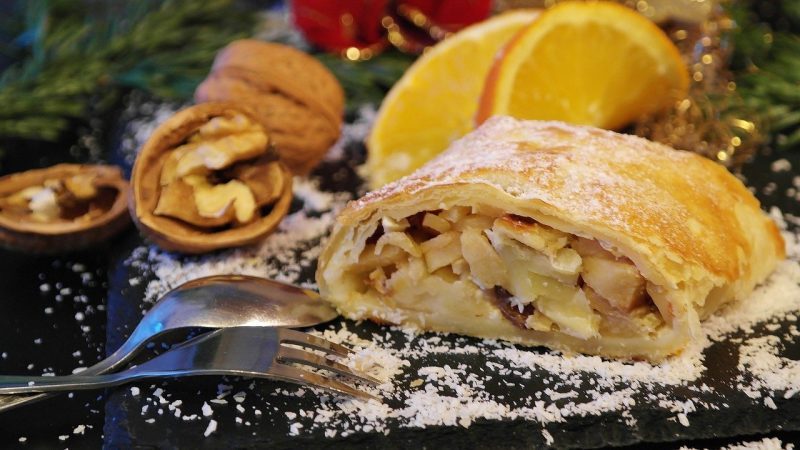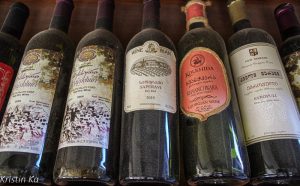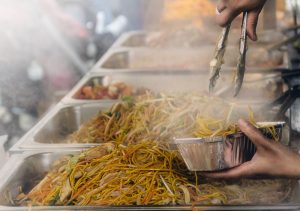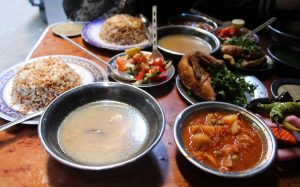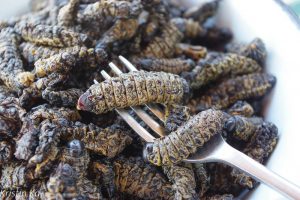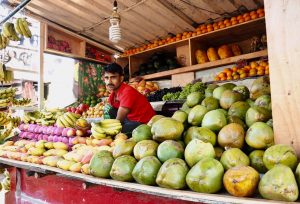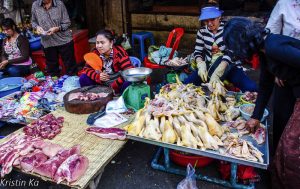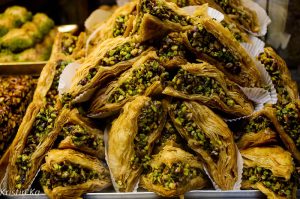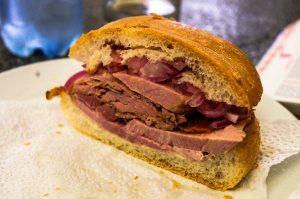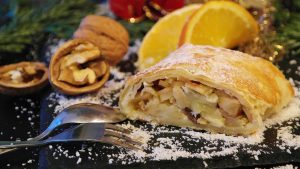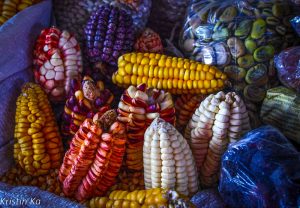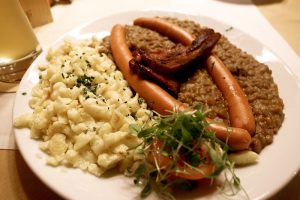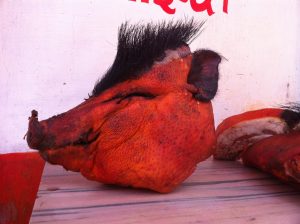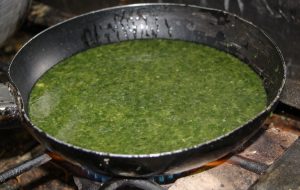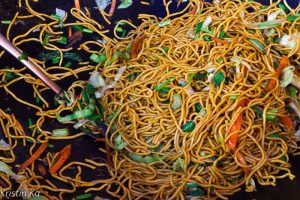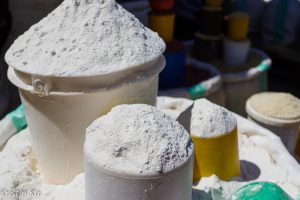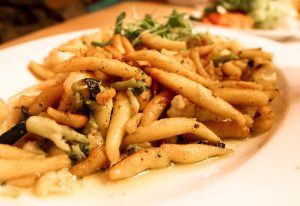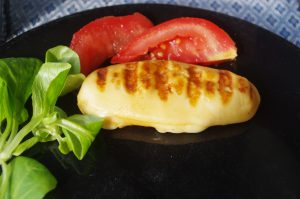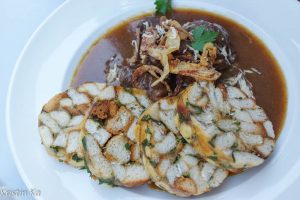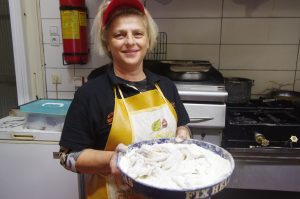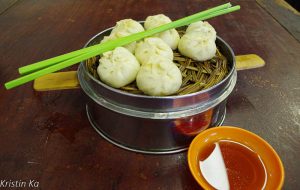What a beautiful gastronomy we discover in Austria!
We don’t always know it, but Austrian cuisine has crossed the borders for centuries. The wienerschnitzel, the famous breaded escalope is one of the best known dishes outside the borders. The Viennese coffee or chocolate, too, without forgetting the famous Viennese pastries and the croissant from which it originates. This Austrian cuisine is tasty, often beautifully decorated, very generous but without heaviness. There is in this gastronomy a beautiful balance between the rustic and the refined that is not found everywhere in Europe.
One should not miss a good Goulash, this beef stew halfway between soup and bourguignon. It is recognizable from afar by its intense red sauce made of sweet paprika and lots of chopped onions. It is often served with knödels, those big balls of dumplings that are surprising and so little known in France.
Knödels are an emblematic Austrian speciality. Sometimes sweet, often savoury, they come in many forms, from very large balls to dumplings and sometimes in the shape of a quenelle. From quenelle to knödel, it’s only a short step from quenelle to knödel!
This comforting accompaniment is made from potatoes (Erdapfelknödel), cottage cheese (Topfenknödel), bread dough (Germknödel) or semolina (Griesknödel).
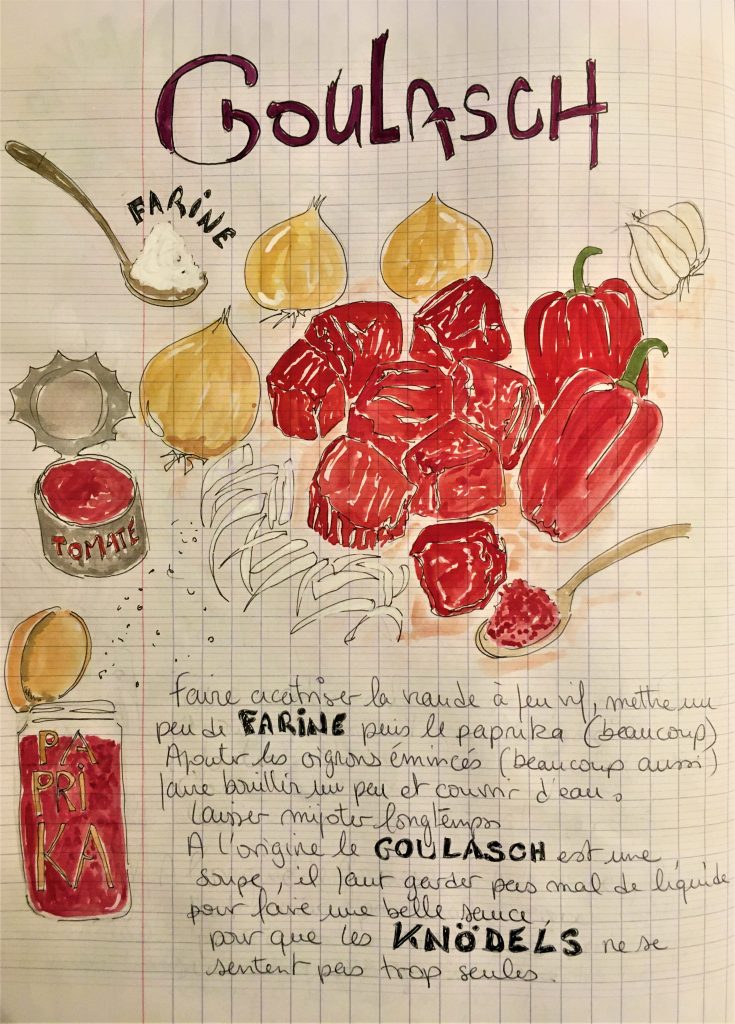
The Austrian gastronomy is also famous for its pastry and it largely deserves its reputation
The emblematic Apfelstrudel, often found in Alsace, is a real taste poem. At the same time so simple in its ingredients (apples, dough and breadcrumbs), its realisation requires patience and know-how and this cake with such a basic shape deserves letters of nobility. The strudel dough (a mixture of flour, water and oil) must be spread so thinly that you can see through it, then apples baked just enough to keep their shape are added very delicately with golden breadcrumbs broiled in butter and sugar and above all sultanas which give it that refined taste. You will have to roll the whole thing up with the utmost care, the dough is fine and you must not make any holes, otherwise the filling will spread out on the baking sheet!
Strudel is a real institution, it can be eaten cold or lukewarm with a vanilla sauce and a good spoonful of Schlagobers, this smooth cream that is barely whipped
Austrian pastry shops will always have on their shelves the famous Sachertorte, a chocolate and apricot delight, and a Linzertorte, this slightly rustic tart with almond and raspberry flavours. The Kouglof or Kugelhupf is also a real pillar of Austrian gastronomy. All these marvels of sweetness, as beautiful as to see as good to eat are to be discovered in a tea room or better still, with Austrians at the time of the famous Kaffee-Kuchen (coffee cake hour) this still traditional gourmet break around 3pm.
At festivals and celebrations, the Kaiserschmarn is rarely missing. Surprisingly simple, this rustic delicacy wins all the votes. Much easier to eat than a cake, it is taken everywhere in a cardboard tray for an impromptu picnic on the lawns of the Prater.
